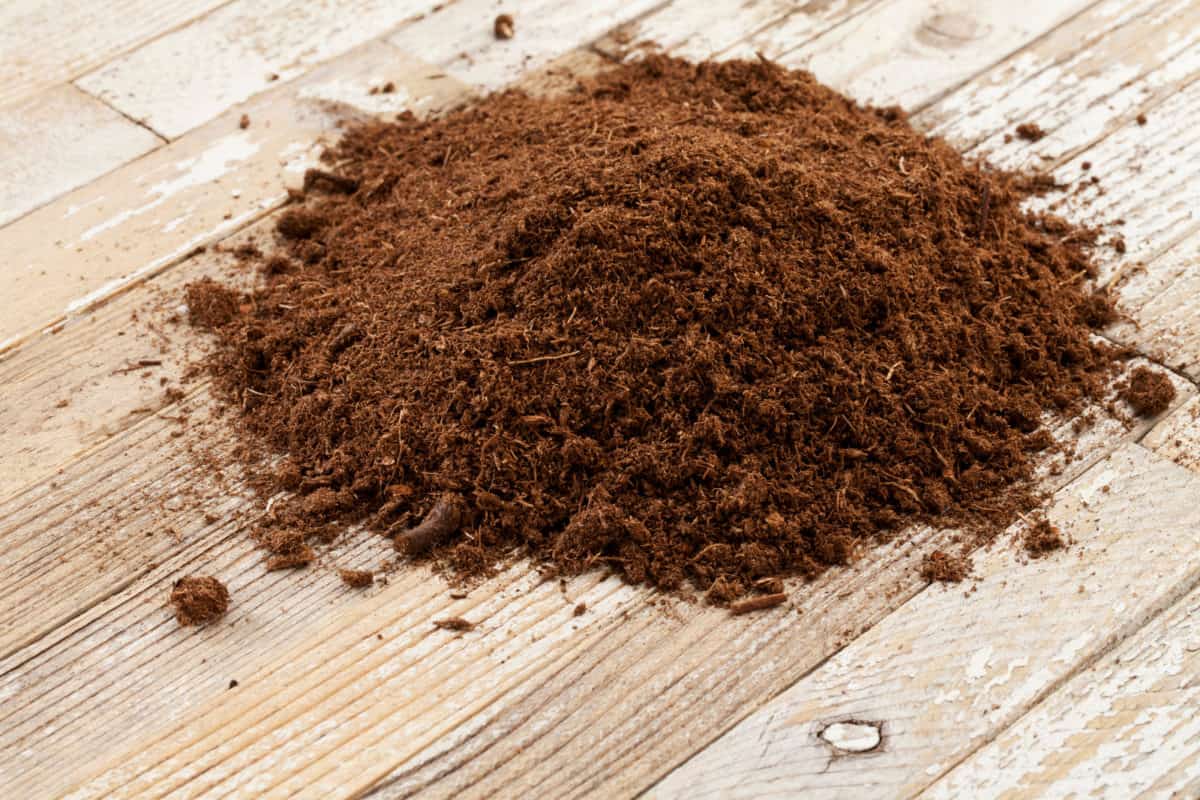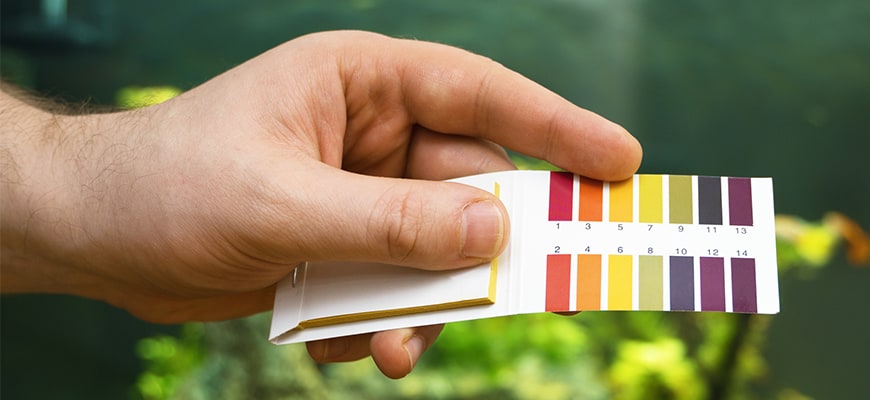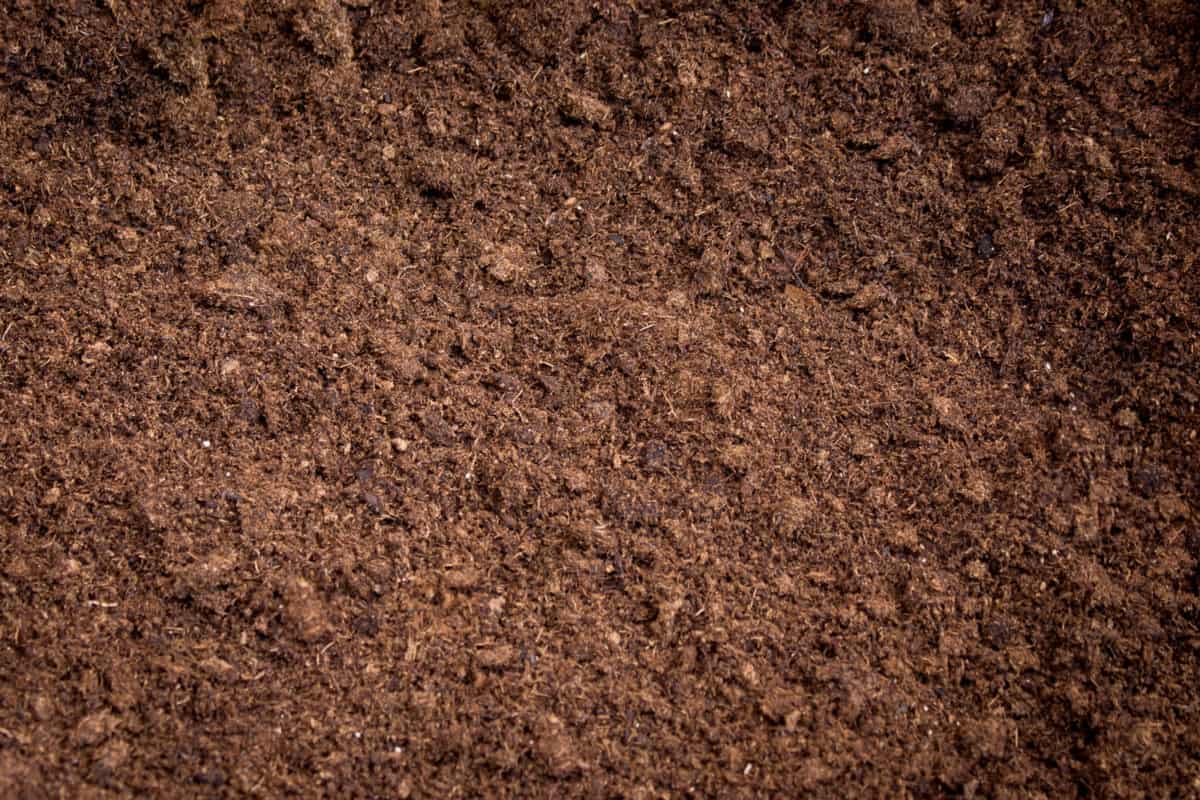If you’ve been in the aquarium hobby for a while, then there’s a chance that you have already heard about the use of peat moss in aquariums. From hobbyists who own high-tech planted tanks to those who have a simple tank setup housing a few cichlids, it seems like everyone uses this mysterious substance in their fish tanks. But what is it? And what does it do?
To answer any questions you may have on this material for aquariums, the following article will highlight the benefits of using it in your tank. It will also contain tips on how to prepare it for use in your aquarium, and also give you ideas on other things that you can do to make the most of its benefits!
What Is Peat Moss?
Before we can dive deep into the topic, it is important to first know what peat really is. Simply put, it is a type of soil that is found in certain parts of the world – mainly in Sweden and Canada. This substrate mostly consists of dead and decaying plant matter.
In selecting appropriate products for your aquatic environment, it is important that you only buy those that are deemed safe for aquarium use. This basically means that the type you are looking to purchase should not have been processed with chemicals, fungicides, pesticides, or any other harmful elements.
Though it can be tempting to get a bag of cheap garden peat from your local garden shop, it is important to keep in mind that they may not be safe for use in your fish tank. If you want to be sure that the product you’re buying is safe for fish tanks, opt for something that is specifically labeled for aquatic use, such as the Fluval Aquatic Peat Granules.
7 Effective Ways To Use Peat Moss In Aquariums
As mentioned earlier, peat provides a number of benefits to your aquarium. Aside from being a great substrate, it is also excellent as an additive in the water column and as a filter medium for biological filtration. Here are 7 ways you can use it in your fish tank:
Add It To Your Substrate

This is probably the most common method of using peat in aquariums. If you own an aquarium with soil substrate, then you’re probably familiar with how beneficial peat can be if used as an additive. It is also known for its ability to condition the aquarium soil that it has been mixed into, thus making it soft and spongy.
Doing so improves the aeration of the substrate, which in turn helps aquarium plants grow faster and more healthy. For aquariums housing rooted plants like swords, java fern, moss balls, etc., using this material in the substrate is arguably the best way to go for enhancing their growth.
Some hobbyists may wonder if organic soil can be used instead. Unfortunately, the two substances are very different and cannot be used interchangeably. In fact, organic soil can pose a threat to fish and shrimp because of the nutrients it contains. This is why tank-safe peat, which has had all its nutrients removed, is generally considered much safer for plants and invertebrates than organic substrates.
Use It As A Water Softener
The GH, or general hardness of water measures the amount of dissolved magnesium and calcium found in your tank. The higher the number, the harder your water is. Water that has a GH level of below 5 dH (degrees of hardness) is considered soft. On the other hand, samples with a GH level above 7 dH is considered hard.
If you are currently using tap water, then it would be beneficial to add peat moss to your aquarium. This material has the ability to remove minerals from the water, thus lowering its total dissolved solids (TDS) content. This in turn makes water softer because the total amount of dissolved minerals has been reduced.
Soft water is ideal for aquarium plants because it can help them absorb nutrients more easily. In addition, some fish species such as discus and betta prefer an aquatic environment with a low GH. Using this method to soften water allows you to create these ideal conditions using a safe and reliable natural method, without putting your plants or fish at risk of side effects.
Use It To Keep Ammonia Levels Under Control
What are the benefits of having lots of a healthy colony of nitrifying bacteria in your tank? Well, just as the name suggests, these microscopic little creatures have the ability to convert harmful ammonia into nitrates as a means of processing waste. Peat is a godsend to many aquarists because it has the ability to support and encourage the growth of beneficial nitrifying bacteria.
By placing a layer of this substance on top of your aquarium gravel, you can effectively increase the chances of having several such colonies thrive underneath, which prevents the buildup of ammonia. No one wants to risk getting their fish sick, so definitely consider using this to maintain safe ammonium levels that are similar to those found in your fish’s natural environment!
Bear in mind that partial water changes will also contribute to keeping ammonia levels down. However, using every method of ammonia control at your disposal will allow you to carry out less frequent water changes while still achieving safe nitrate levels. Just be sure to conduct ammonia tests every few weeks as you go along, to make sure it stays at a healthy and safe level.
Change The pH Level Of Your Water

Generally, peat has the ability to absorb alkaline elements from water. The humic and tannic acids produced by the decaying material are responsible for this. As a result, water with this substance added to it has a much lower pH level compared to pure water. In short, this substance can be used to make your freshwater aquarium’s pH more acidic, which is what many fish prefer.
While it is true that this can be used to produce acidic water, it doesn’t mean that your aquarium’s pH level is extremely low. In fact, the type produced using this method is usually just slightly acidic with a pH of 6, which means that small aquatic organisms will still be able to thrive in your aquarium.
One thing to note about lowering pH in this manner is that it doesn’t work instantaneously, so you will need to give it some time. In addition, it can cause fluctuations in pH levels so you will need to monitor it closely, at least until you have reached the desired level of acidity.
See also: Best Methods to Safely Lower pH in Aquariums
Change The Water Flow Rate By Adding It To Your Filter
Another use for peat in the aquarium is as filter media. This is because this substance is very porous and lightweight. As such, they can be used in almost any type of filter system – be it internal or external filters. When it is added in the early filtration stages, its porous nature allows it to trap small particles of dirt and other contaminants in the water by either adsorption or absorption.
In other words, it almost functions like an additional filtration block or filter pad – but without the need to replace it every few weeks. This is beneficial for all aquarium owners because not only will you find yourself spending less money on replacement filter media, you won’t have to deal with messy and annoying maintenance tasks either.
Over time, the dirt and contaminants trapped by your filter will become saturated. As such, it’s important to rinse the media periodically to prevent it from becoming a breeding ground for bacteria and fungus. In addition, you should continue to perform regular water changes in order to reduce the amount of bacteria and dirt in your aquarium.
Replace Chemical Treatments With Natural Materials
Many aquarists swear by peat for its ability to act as a natural water conditioner. This is because of the beneficial bacteria that exist in the decaying matter, which can also act as organic fertilizers. These helpful little organisms reduce harmful toxins and waste by turning them into nutrients that plants and fish will be able to utilize.

The best part about using it as a natural filter is that it doesn’t require you to purchase expensive chemical treatments, which are bad for both your wallet and the environment. You can simply use peat in its place – or combine it with other materials like activated carbon – to achieve similar results without the added cost.
To make the most of its natural ability to improve your tank’s health over time, you should be sure to use an appropriate amount to match your tank’s size. The general rule of thumb is that you should add about 30 pounds for every 300 gallons of water, but make sure to use more or less depending on the size and variety you are using.
Give Your Aquarium A Natural Look
Last but certainly not least, peat is great for hobbyists who are looking to improve the aesthetic appeal of their aquarium. Not only is it great for giving your aquarium a more natural look, but it also provides tons of hiding spaces for your fish. If you’re tired of seeing plastic caves and decor in your tank, consider this material the perfect solution to your problem!
Although peat is mostly known for its other uses, you can also add it to your aquarium to increase the overall beauty of your tank. By adding a little bit at a time until you reach the desired effect, this natural material will be able to transform the appearance of your tank in an instant, without having a negative impact on tank health.
Of course, this is assuming that you use the correct type. In the past, many hobbyists have been tempted to use bog or swamp peat, which can be very harmful to your aquatic inhabitants as it is full of decaying organic materials and other toxins. No matter what you’re using it for, the safest thing to do is to stick with aquarium-safe varieties, which should be free of chemicals that can harm your fish.
Potential Alternatives
Although peat is great for making your aquarium look natural, some hobbyists may not want to use it because it is made from non-renewable sources. Fortunately, there are tons of alternatives on the market that can be used for similar purposes, if not better.
One great alternative comes in the form of coconut-derived materials such as the ZooMed Coconut Fiber Substrate, which looks just like shredded coconut shells and offers similar benefits. Although it doesn’t provide as many benefits as its non-renewable counterpart, it’s still a great source of organic material that can be used to prevent your tank from looking too artificial.
In addition, there are a number of other botanical materials – such as leaf litter and certain types of driftwood – that can be used to increase the natural appearance of your tank. By simply looking for these options at your local aquarium retailer, you can save money and help the environment by using eco-friendly products instead.
Conclusion
There are plenty of other uses for peat moss in the aquarium, but these will give you a good idea of how it can improve almost all aspects of your current system. If you’re looking for more ways to upgrade your tank without breaking the bank, then adding this lightweight material is definitely the way to go.
If you enjoyed this article, please be sure to share it with your friends on Facebook, Twitter or any other social media sites you might use. In addition, if you have a question or comment about this material, please do not hesitate to leave us a comment below! We love hearing from you, and are always happy to help out.
Thanks again for reading, and happy fishkeeping!
